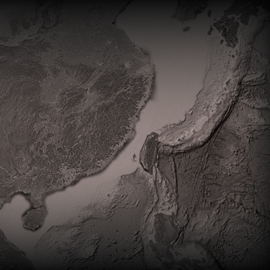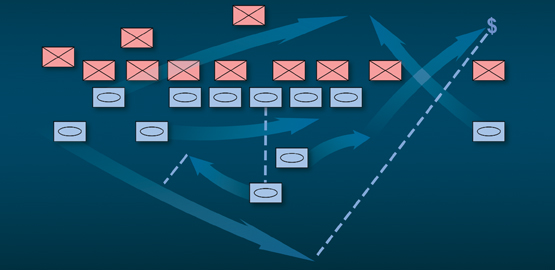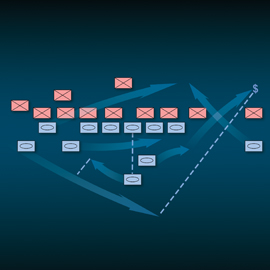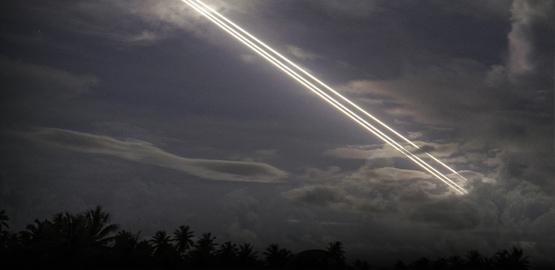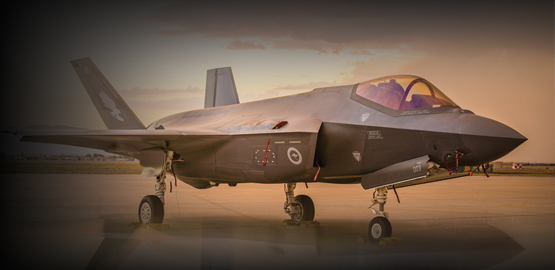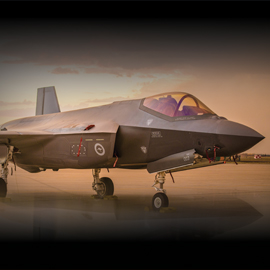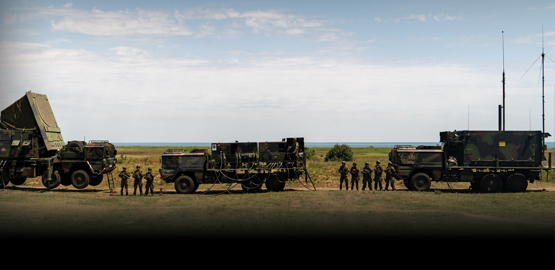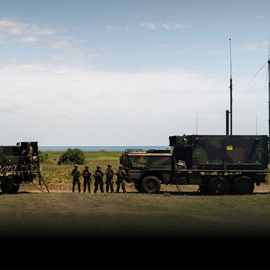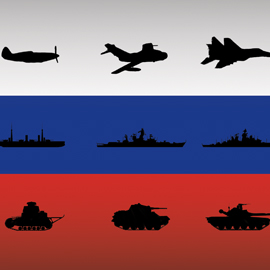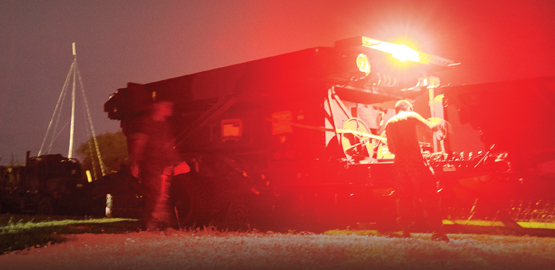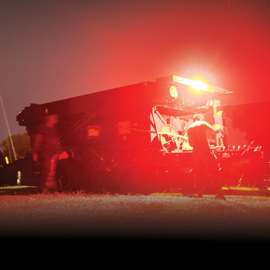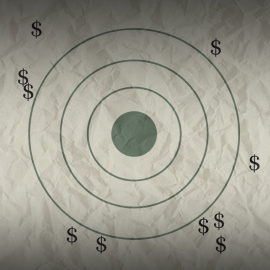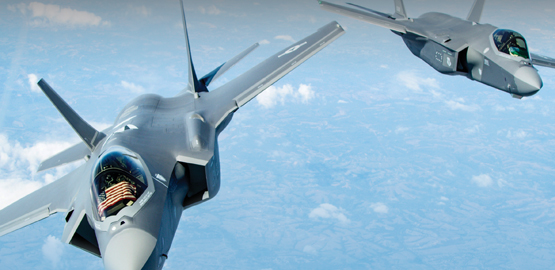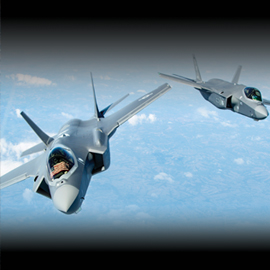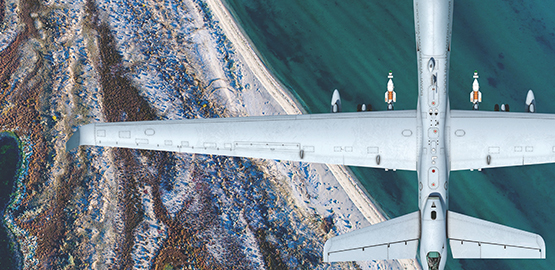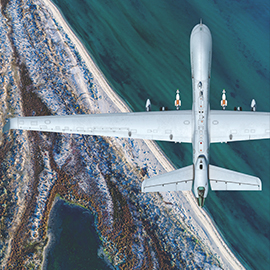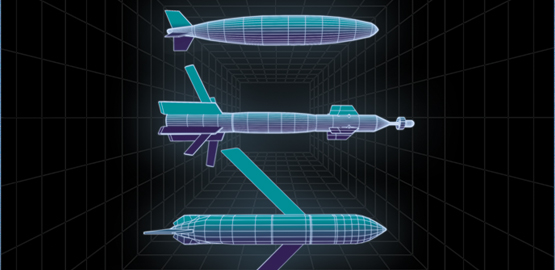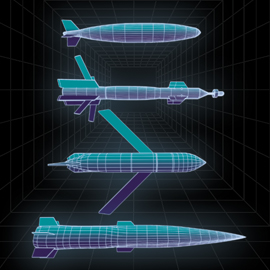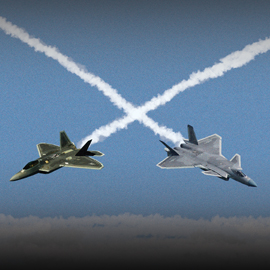Publications
"Nobody does defense policy better than CSBA. Their work on strategic and budgetary topics manages to combine first-rate quality and in-depth research with timeliness and accessibility—which is why so many professionals consider their products indispensable." – Gideon Rose, Editor of Foreign Affairs, 2010-2021
Meeting the Challenge of a Proliferated World
During the early days of the Cold War, an enormous amount of thought was given to the role of nuclear weapons in the overall US defense posture. The reason for this is simple: nuclear weapons were so destructive that they fundamentally altered the competitive environment. Indeed, for several decades substantial intellectual effort was devoted to understanding the US-Soviet nuclear competition, which was a defining feature of the Cold War security environment. With the Cold War’s end, nuclear weapons proliferation has become an increasingly important issue; yet there has been comparatively little analysis of the kind that characterized the early Cold War period. Moreover, the main intellectual response to this growing danger to US security has been a renewed call for the eventual abolition of nuclear weapons. However, just as the nation’s national security leaders at the dawn of the nuclear era had to contemplate a less-than-ideal outcome of their efforts (i.e., a Soviet Union armed with large numbers of nuclear weapons, including thermonuclear weapons), so too must those who seek a world without nuclear weapons take into account the likelihood that they will not achieve this goal for decades to come, if at all.
The 2010 Quadrennial Defense Review: An Initial Assessment
On February 1, 2010, Secretary of Defense Robert Gates submitted the fourth Quadrennial Defense review (QDR) report. This CSBA backgrounder provides an initial assessment of the QDR’s strategy and force planning dimensions. It finds that in general the QDR correctly identifies the major security challenges likely to confront the United States in the foreseeable future. While its six key mission areas are appropriate guides for the types of capabilities and forces DoD will need in the coming years, the QDR’s lack of operational concepts explaining how various strategic objectives can be achieved hinders the identification and prioritization of needed capabilities. In weighting its strategy and investments heavily toward addressing the wars in Afghanistan and Iraq, and transnational terrorism, the QDR appears to discount the urgency of investments needed to address emerging challenges, such as growing anti-access/area-denial (A2/AD) threats, nuclear-armed regional powers, and sustaining access to, and use of, space and cyberspace. Thus the most significant programmatic changes in the QDR call for expanding the fleet of manned and unmanned, fixed and rotary-wing aircraft that are in highest demand in the current wars. The QDR also expands critical enablers such as logisticians and intelligence analysts for Special Operations Forces. Despite the adoption of a new force sizing construct, however, the QDR does not propose major force structure readjustments, nor does it significantly alter the allocation of resources away from legacy programs toward the QDR’s priority mission areas unrelated to current wars. Consequently, the preexisting strategy-program mismatch will persist beyond the QDR. Finally, the QDR does not adequately address the rapidly eroding US fiscal posture, the worsening financial standing of America’s key allies in Europe and Asia, or the likely consequences of the economic downturn for the united States’ long-term defense posture.
The War in Afghanistan in Strategic Context
Mr. Chairman, distinguished members of the subcommittee, I welcome the opportunity to discuss our strategy in Afghanistan and to place it within the context of our overall strategic position.
US Nuclear Forces: Meeting the Challenge of a Proliferated World
This report seeks to provide the basis for an informed and constructive debate over the role of nuclear weapons in the overall US defense posture. To this end, the principal focus is on identifying the existing and emerging security environment as it pertains to nuclear weapons. The report also offers some recommendations on how the United States might best respond to the challenges posed by nuclear proliferation, and, hopefully, create a more secure global environment.
An Air Force Strategy for the Long Haul
This monograph discusses the current state of the United States Air Force and how it can better align its institutional identity and force posture to the future security environment. It offers a fiscally-constrained menu of recommendations for how that realignment might be realized over the next twenty years, with a larger force posture in mind.
Regaining Strategic Competence
The central argument of this report is that, in light of the complex and intensifying security challenges the United States now faces, the nation can no longer afford poor strategic performance. The time to reverse the decline in US strategic competence is long overdue. The first task is for American political and military leaders to develop a clearer understanding of what strategy actually is, and what cognitive skills are necessary to craft and implement good strategies.

